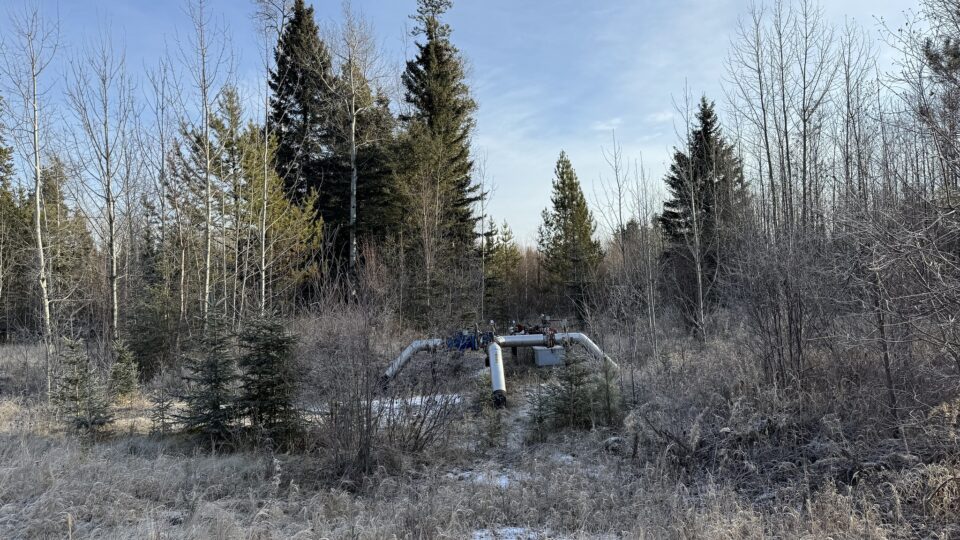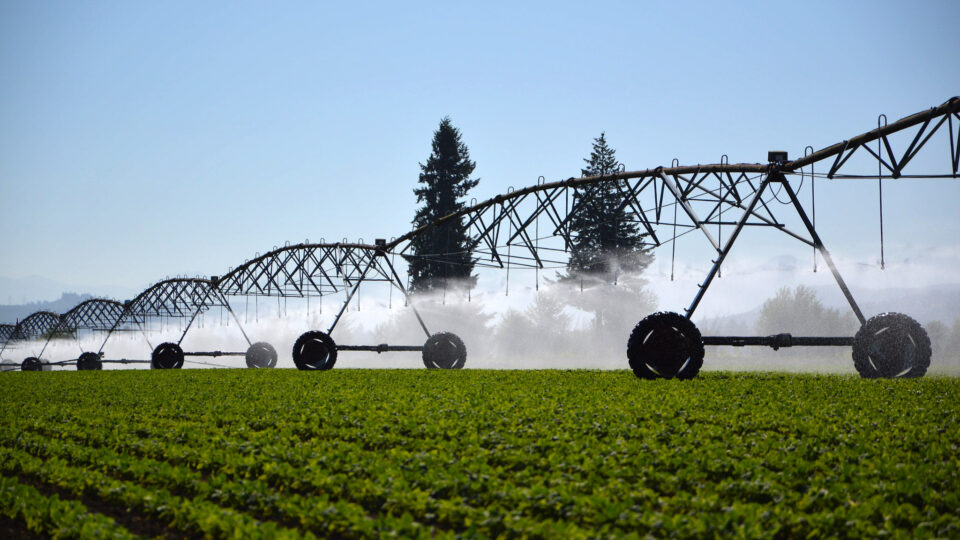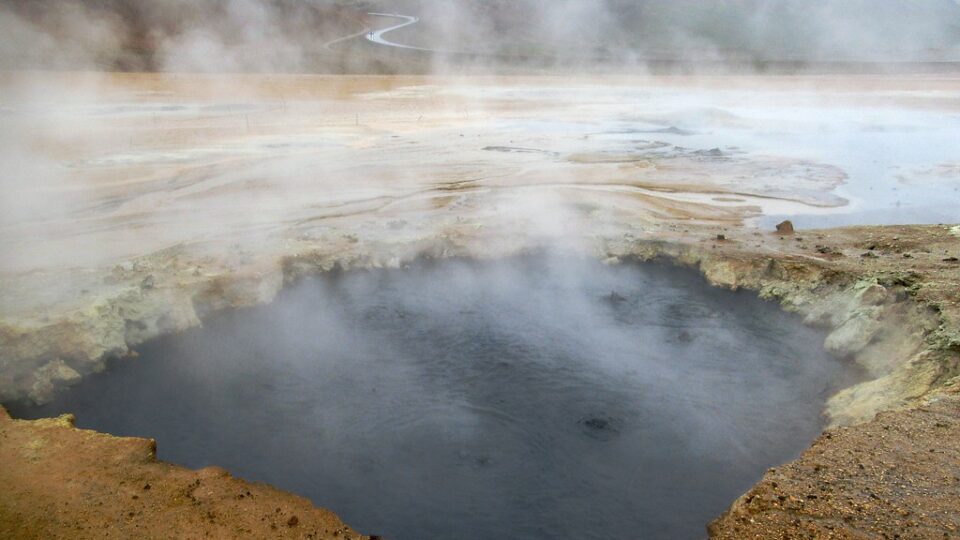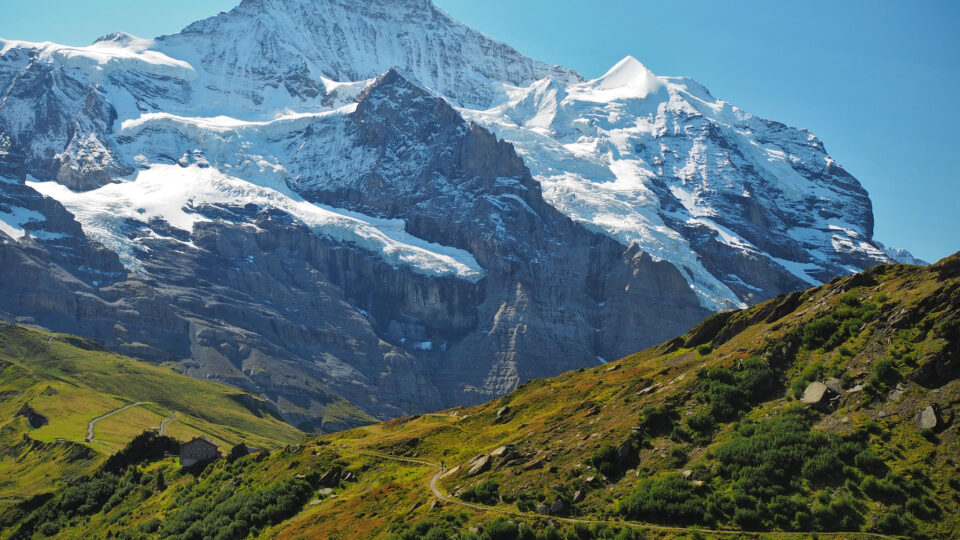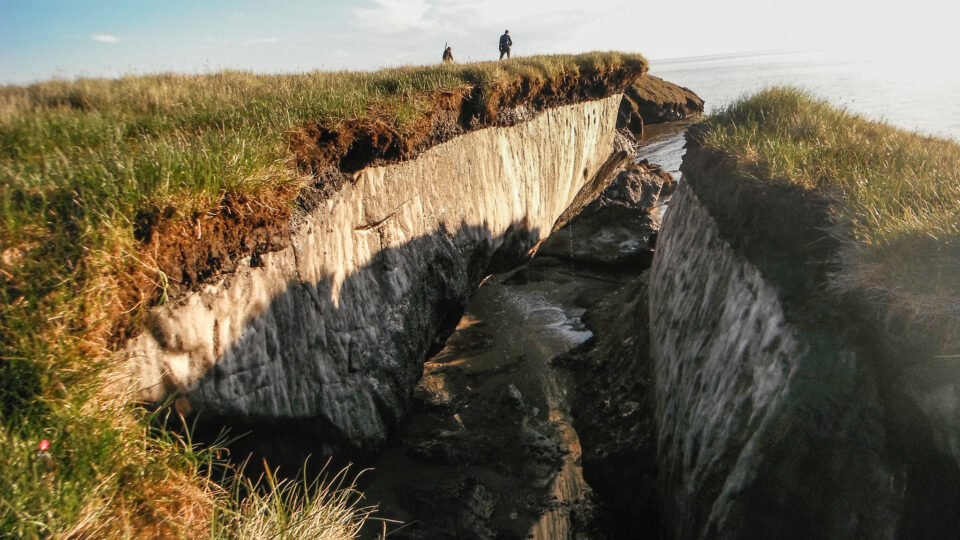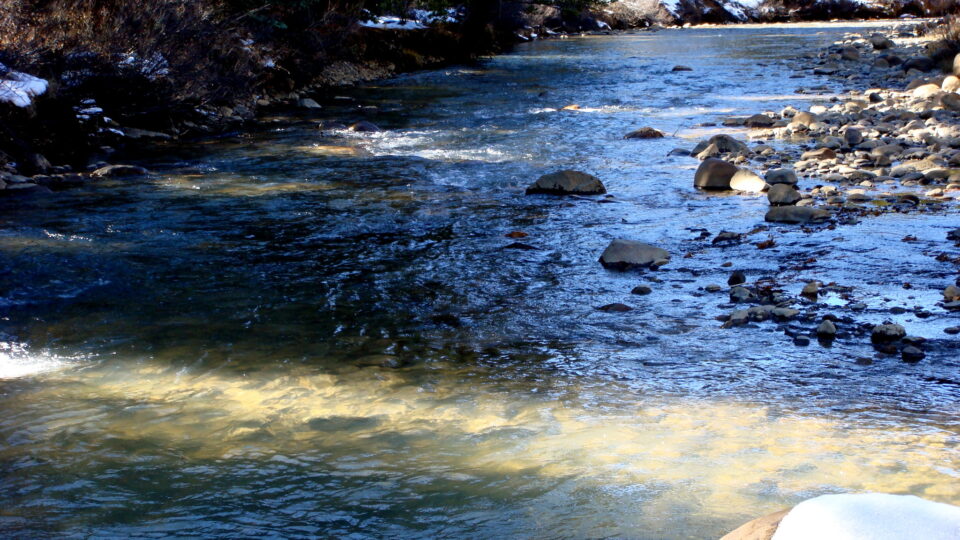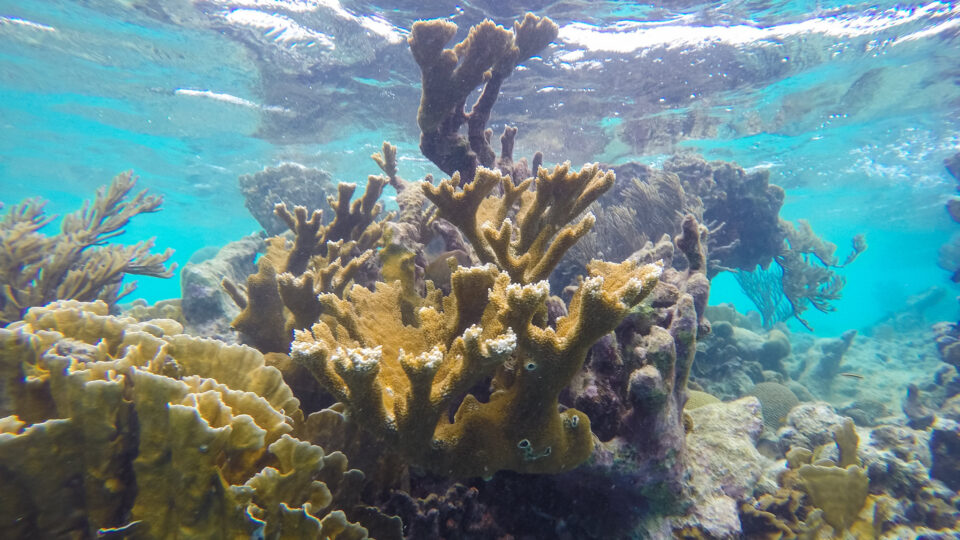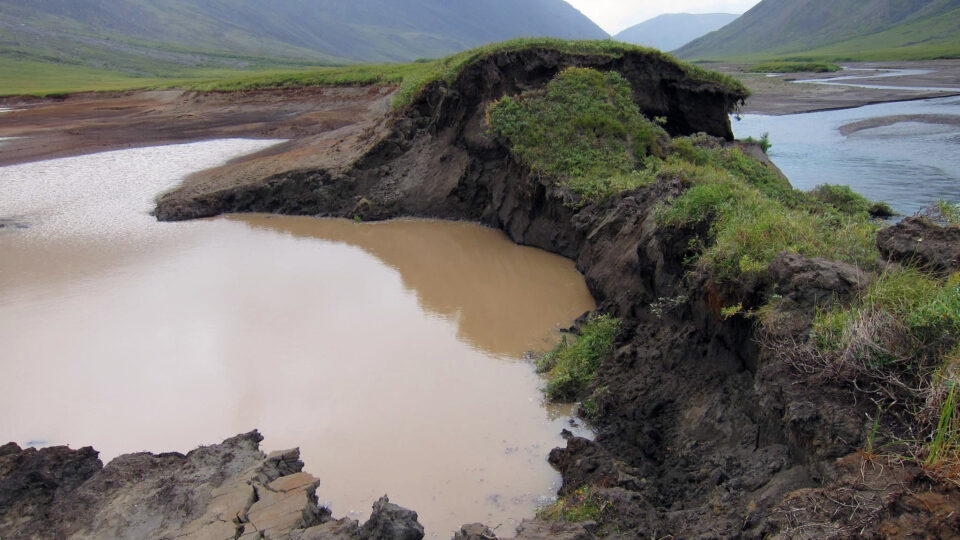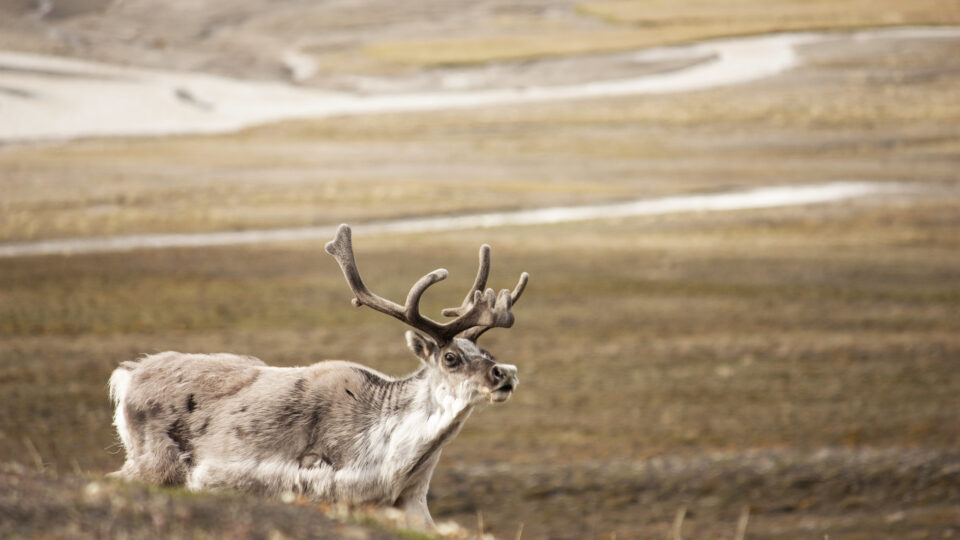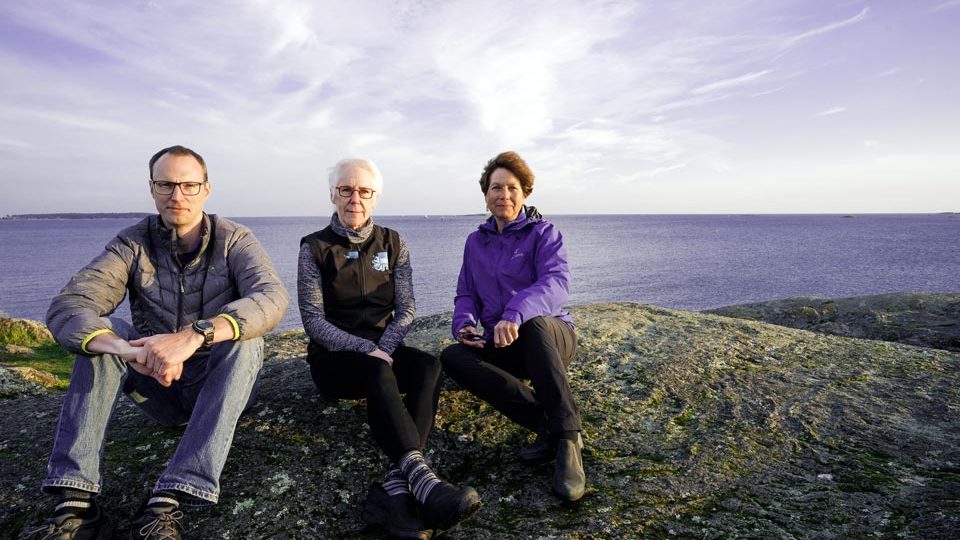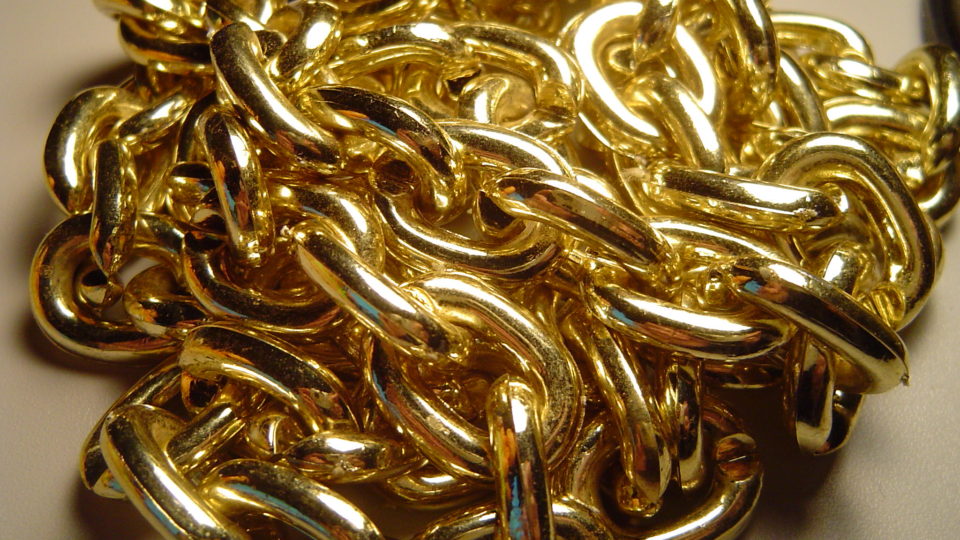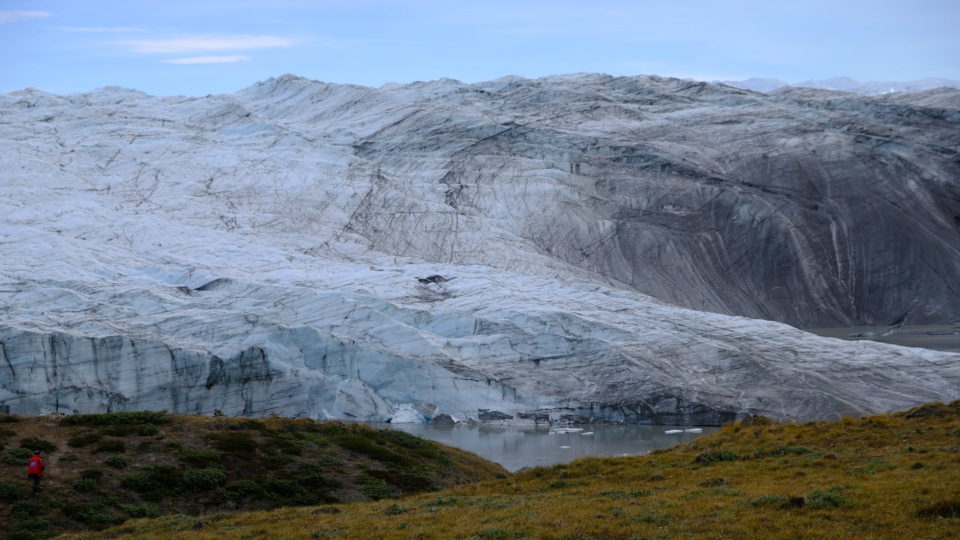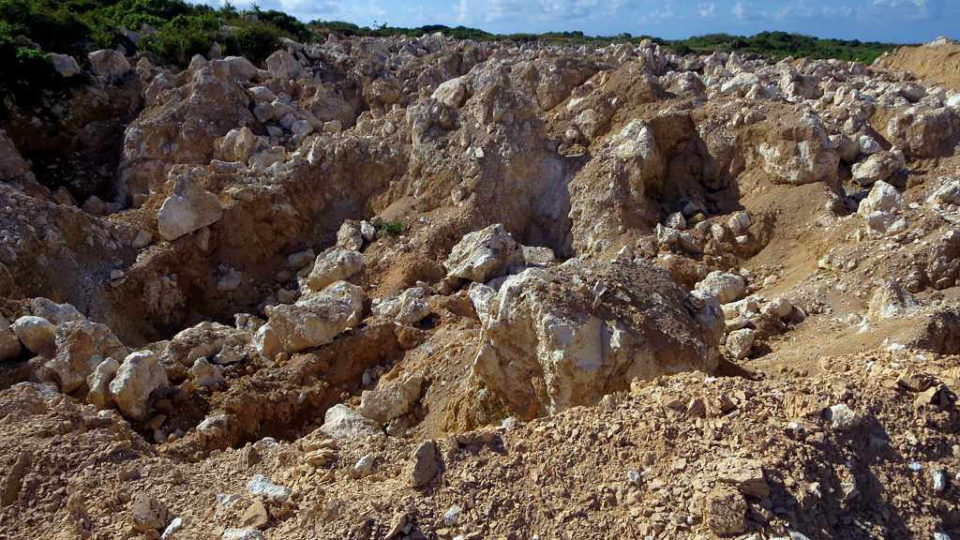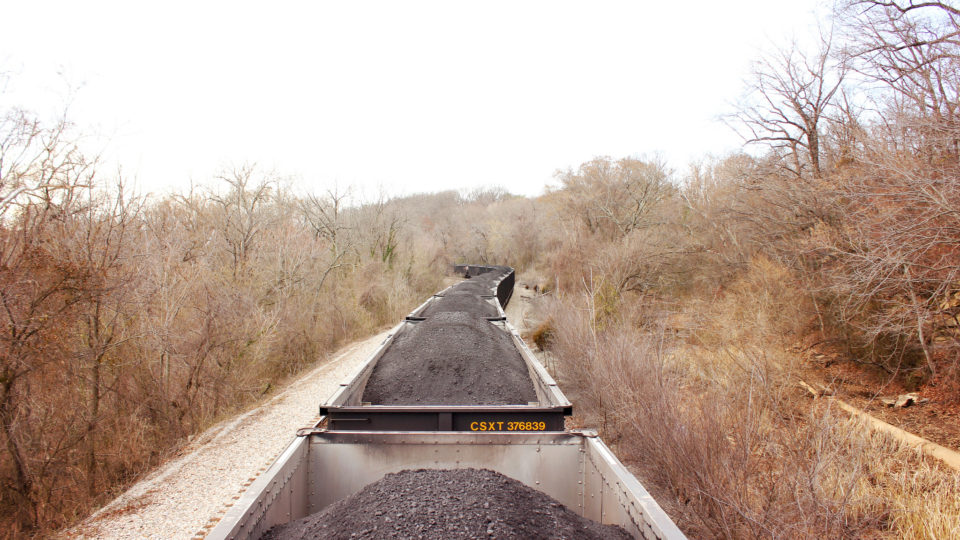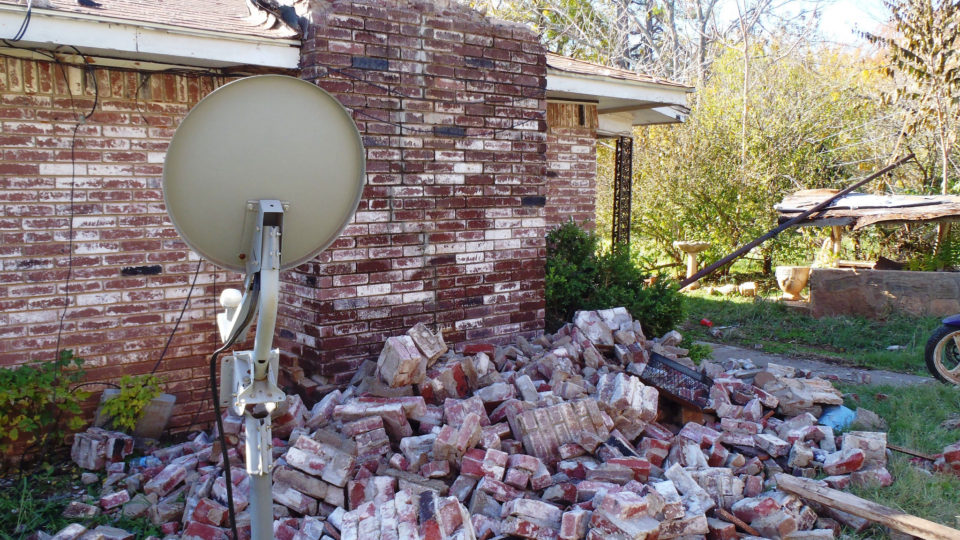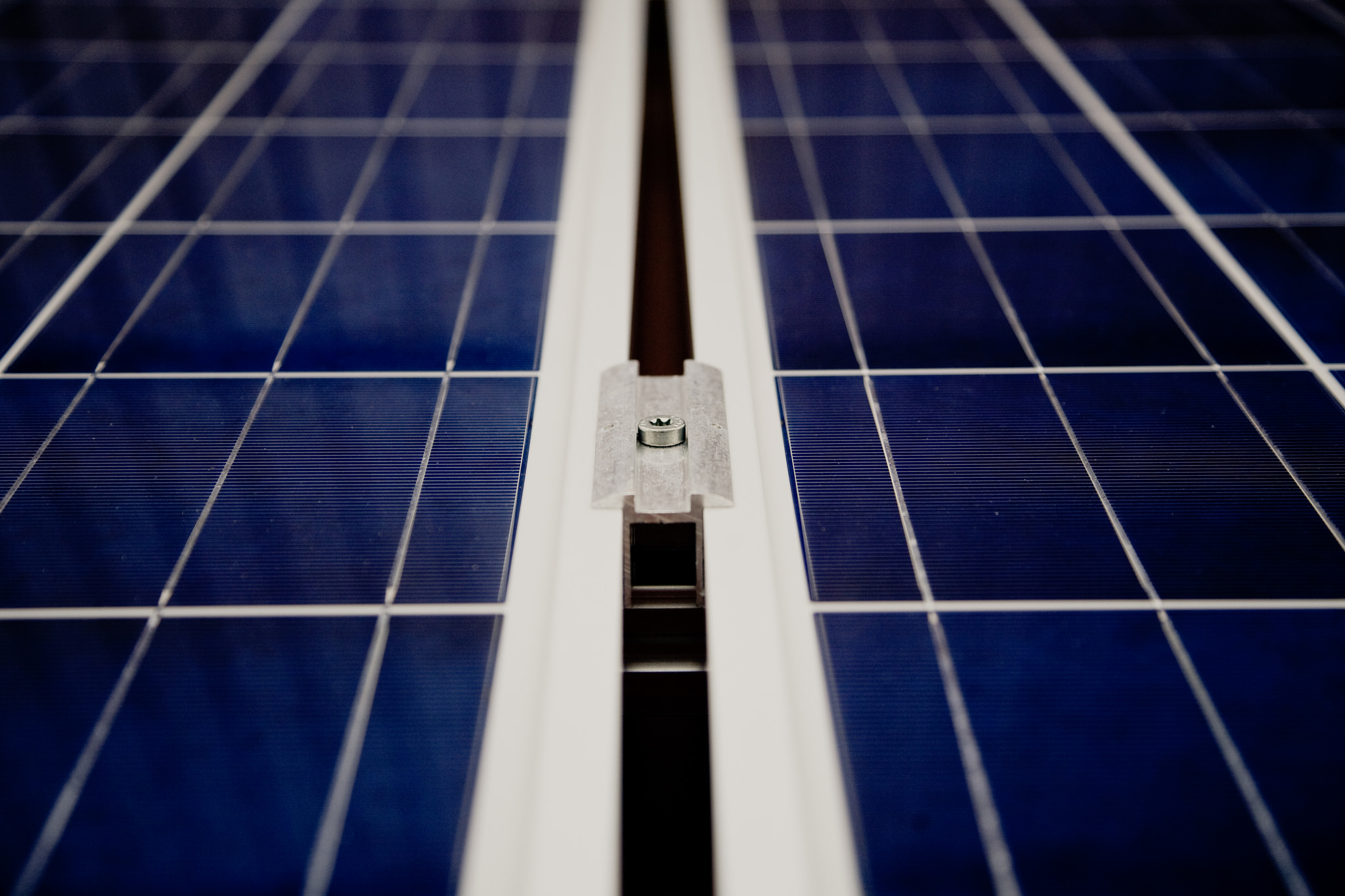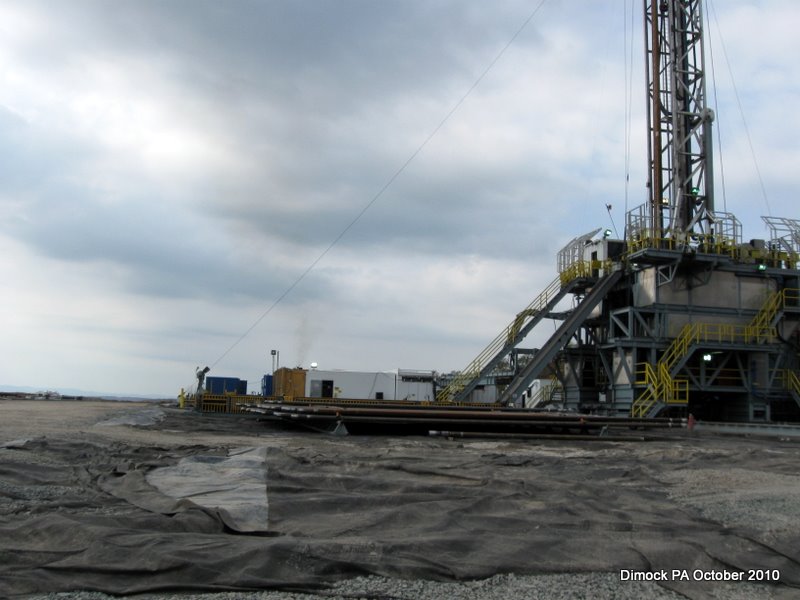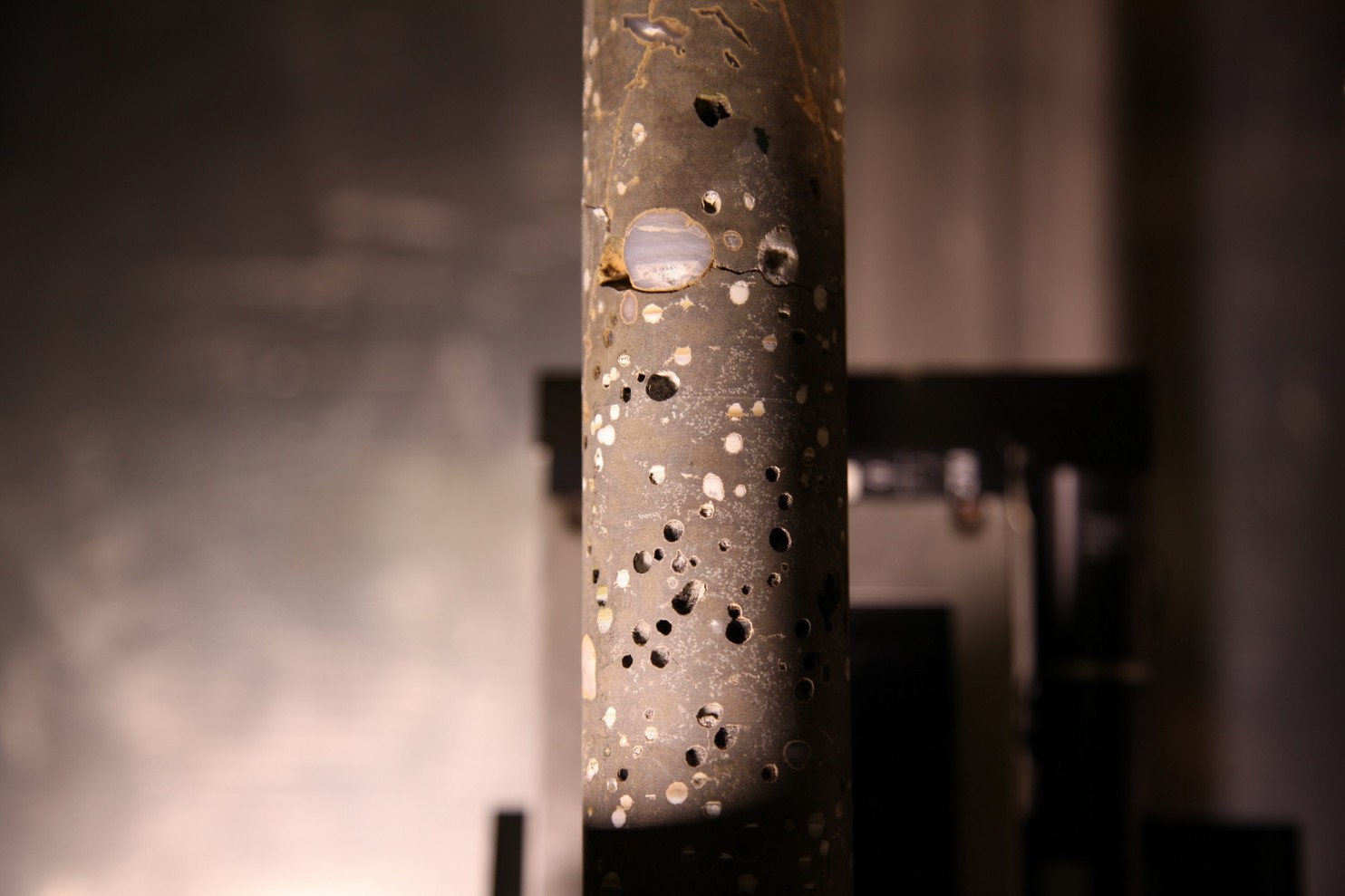Using government support in the form of subsidies and tax credits, energy companies and others are planning to capture millions of tons of industrial carbon dioxide emissions and pipe the greenhouse gas into underground storage. It is a strategy enthusiastically supported by the fossil fuel industry because it allows them to keep burning the stuff.
There are currently 69 projects being reviewed by federal and state regulators seeking to store CO2 underground. The sorts of places where carbon dioxide can be injected are geologic zones containing porous rock formations which, in no way coincidentally, are the same places where oil and gas deposits are found. As a result, these places are studded with abandoned wells that have accumulated over the past century.
In Louisiana, there are about 120,000 abandoned wells that overlie geological zones that could store carbon dioxide. Environmental watchdog groups have identified numerous abandoned wells within a few miles of proposed storage sites.
The problem is that abandoned wells leak – even ones that have been plugged – and many haven’t been. The question is how much leakage will occur and what will be the consequences of the leakage. In Texas, pumping oilfield wastewater into abandoned wells has led to geysers of toxic water, artificial saline lakes, and earthquakes.
Underground carbon dioxide sequestering on a scale large enough to really matter will have to extend to very large areas. For example, injecting 100 million tons per year could create a pressurized zone as large as 100 miles. How large a problem this might create from abandoned wells in the zone is not at all clear but cannot be ignored.
**********
Web Links
Companies Are Poised to Inject Millions of Tons of Carbon Underground. Will It Stay Put?
Photo, posted December 3, 2023, courtesy of Jason Woodhead via Flickr.
Earth Wise is a production of WAMC Northeast Public Radio
